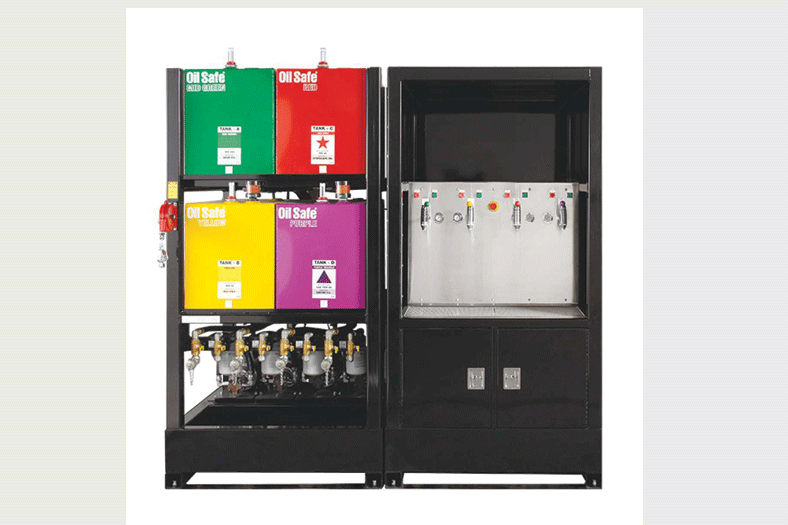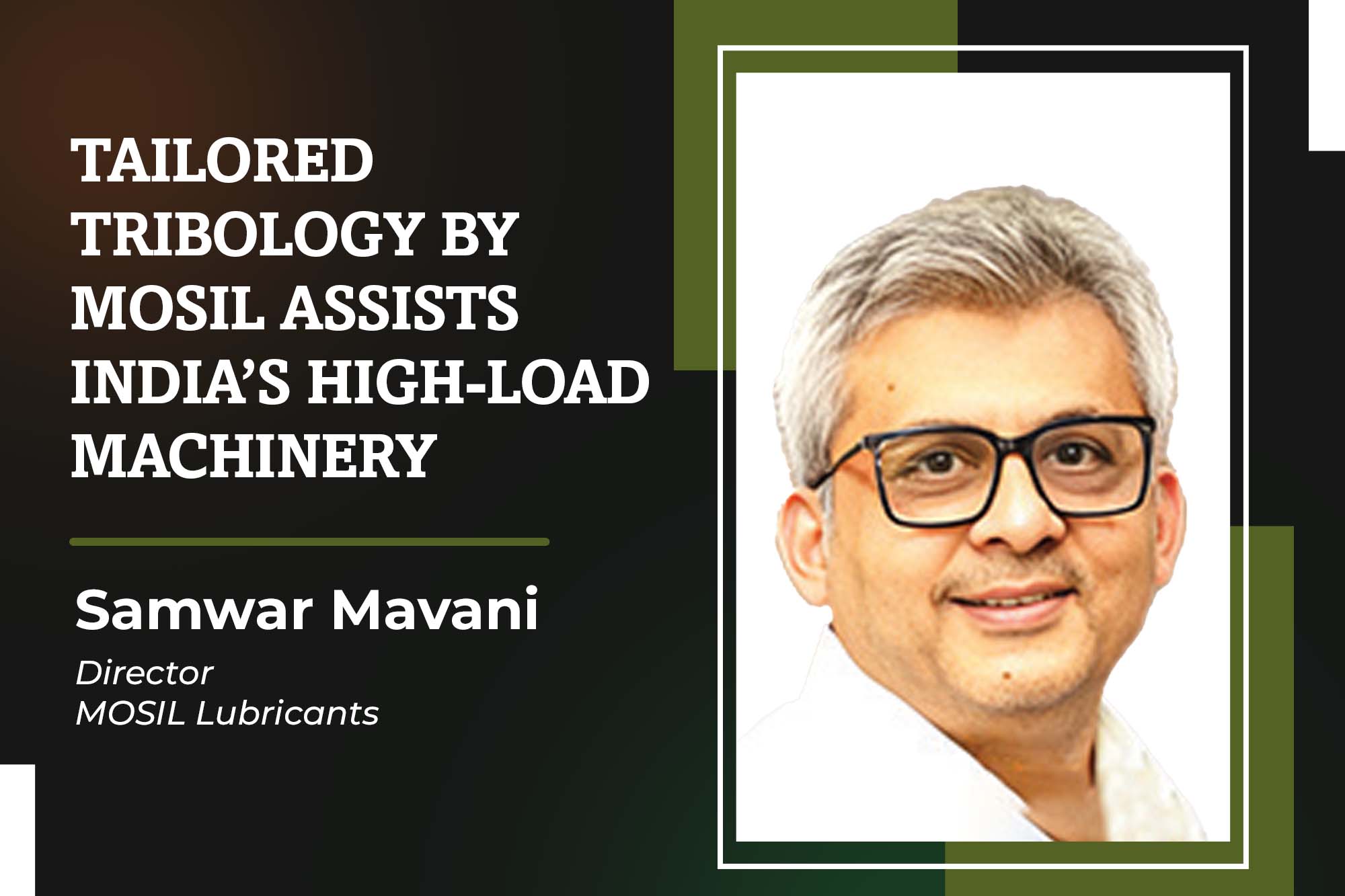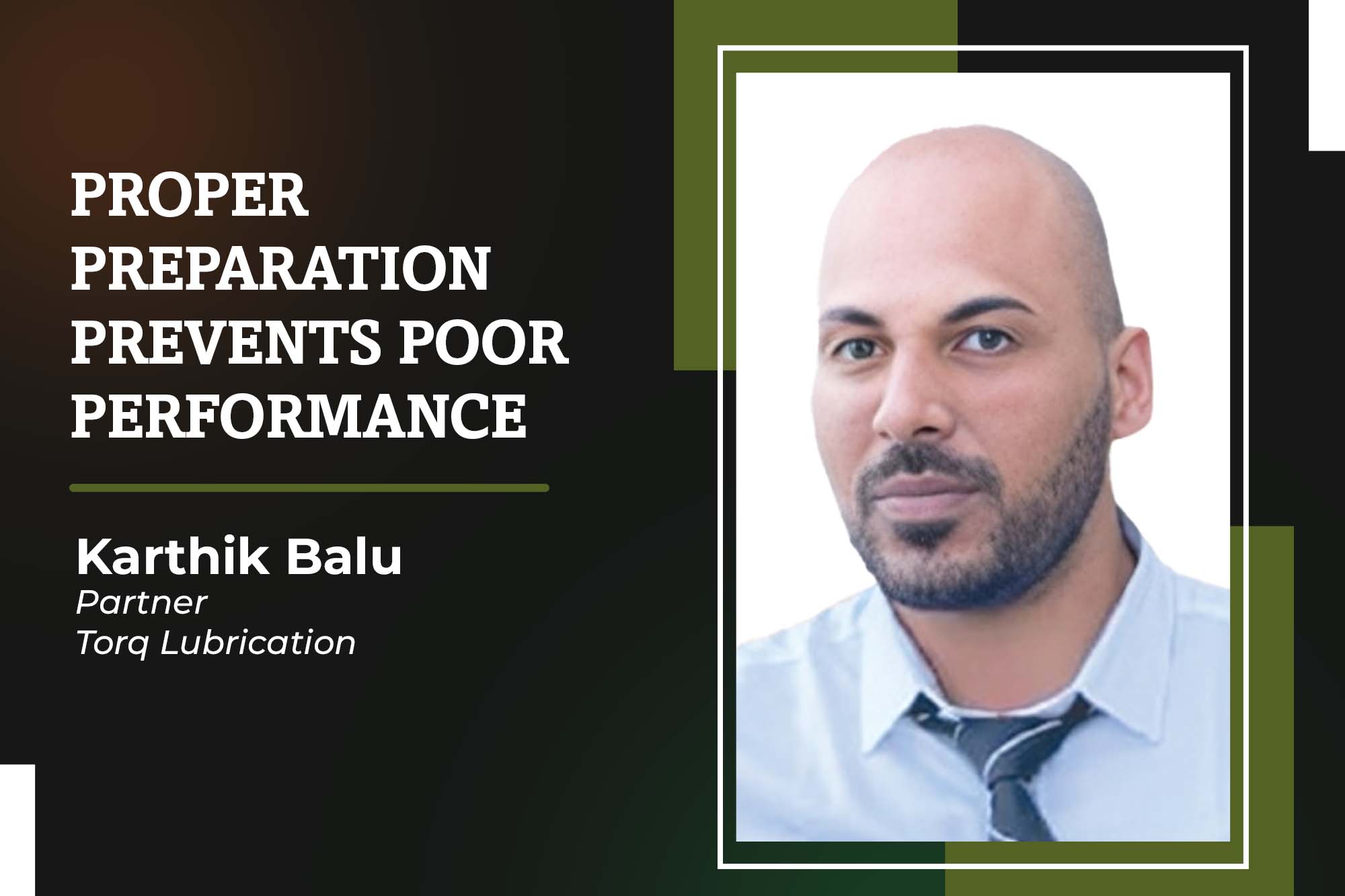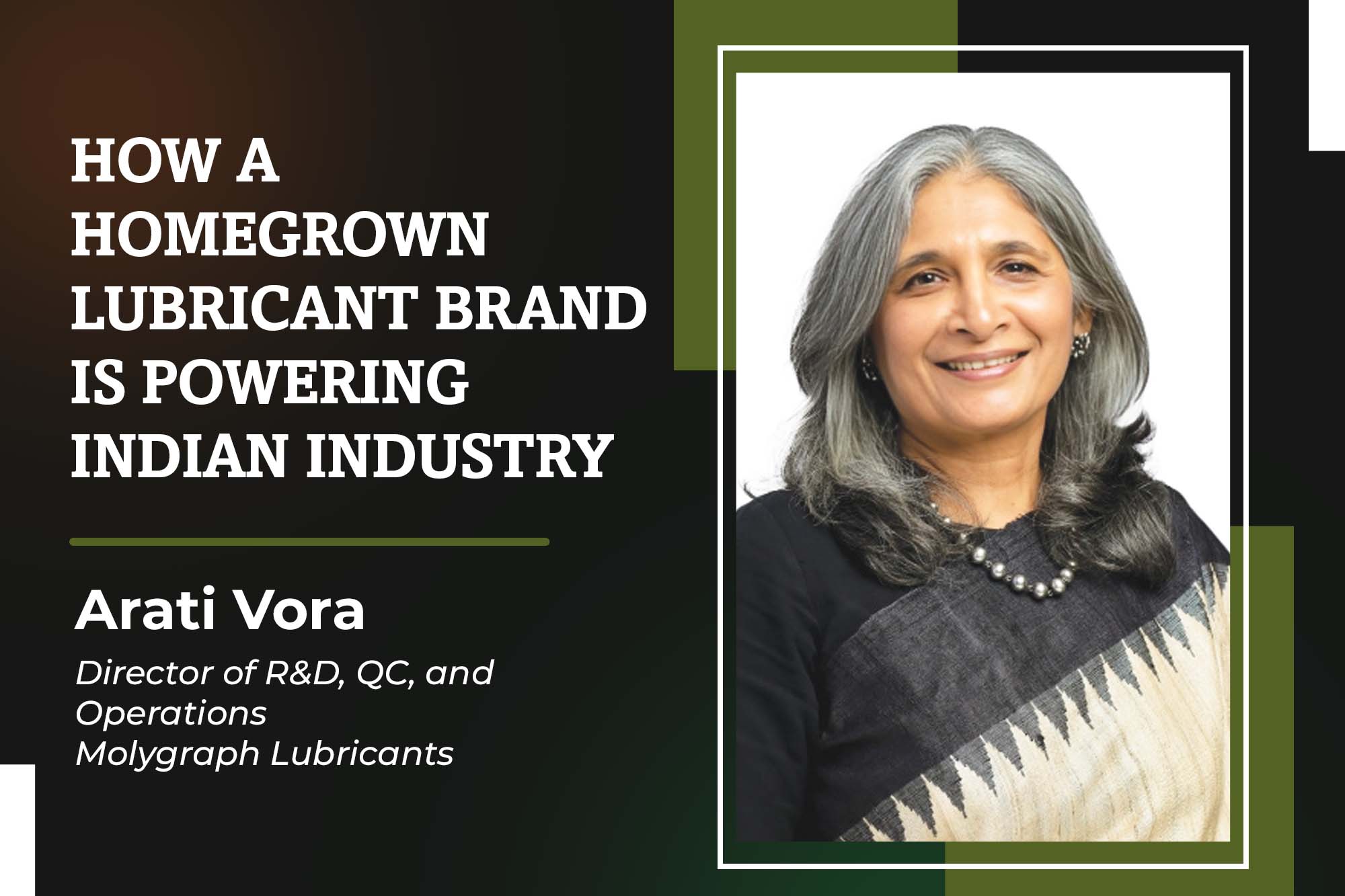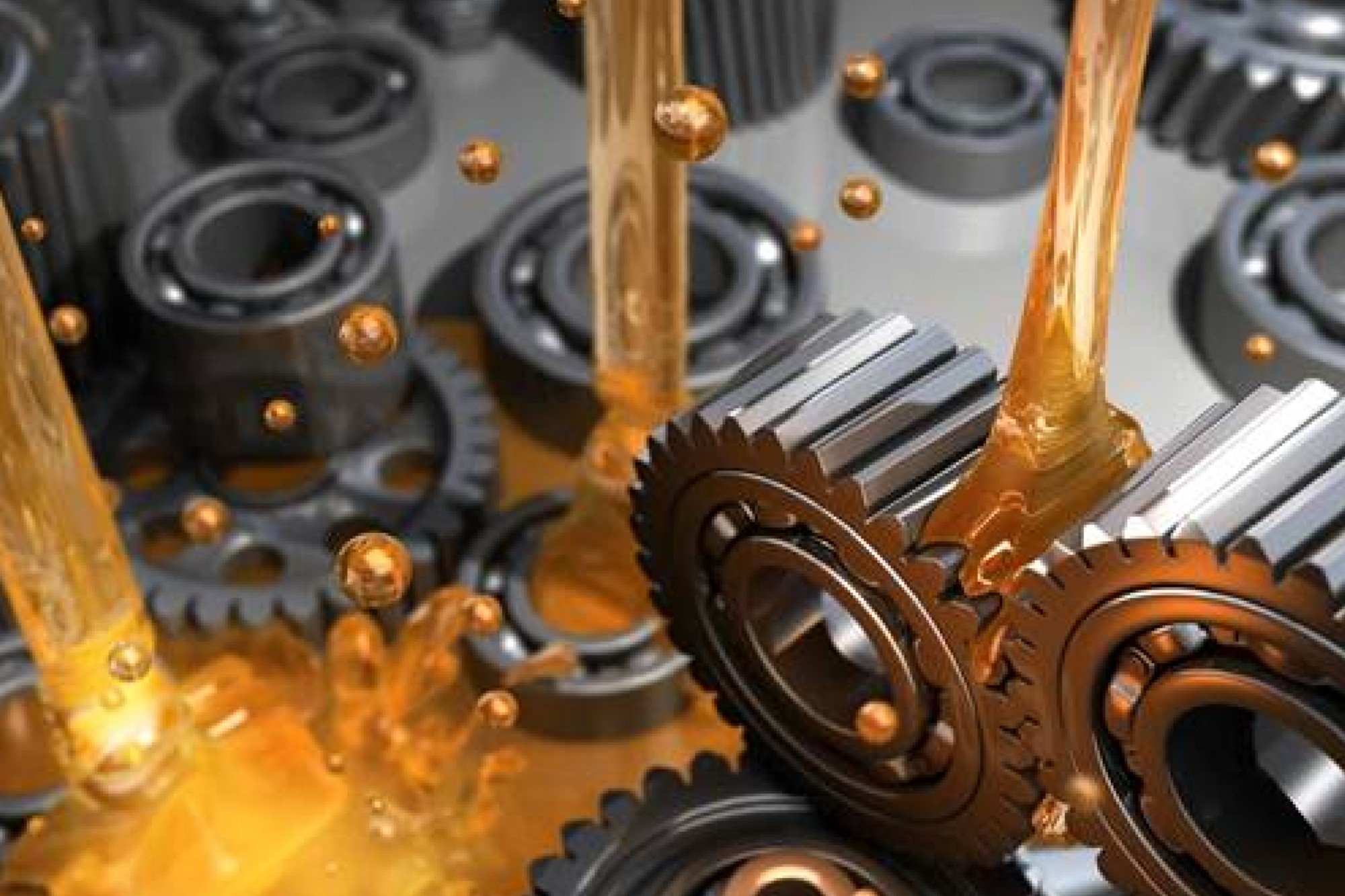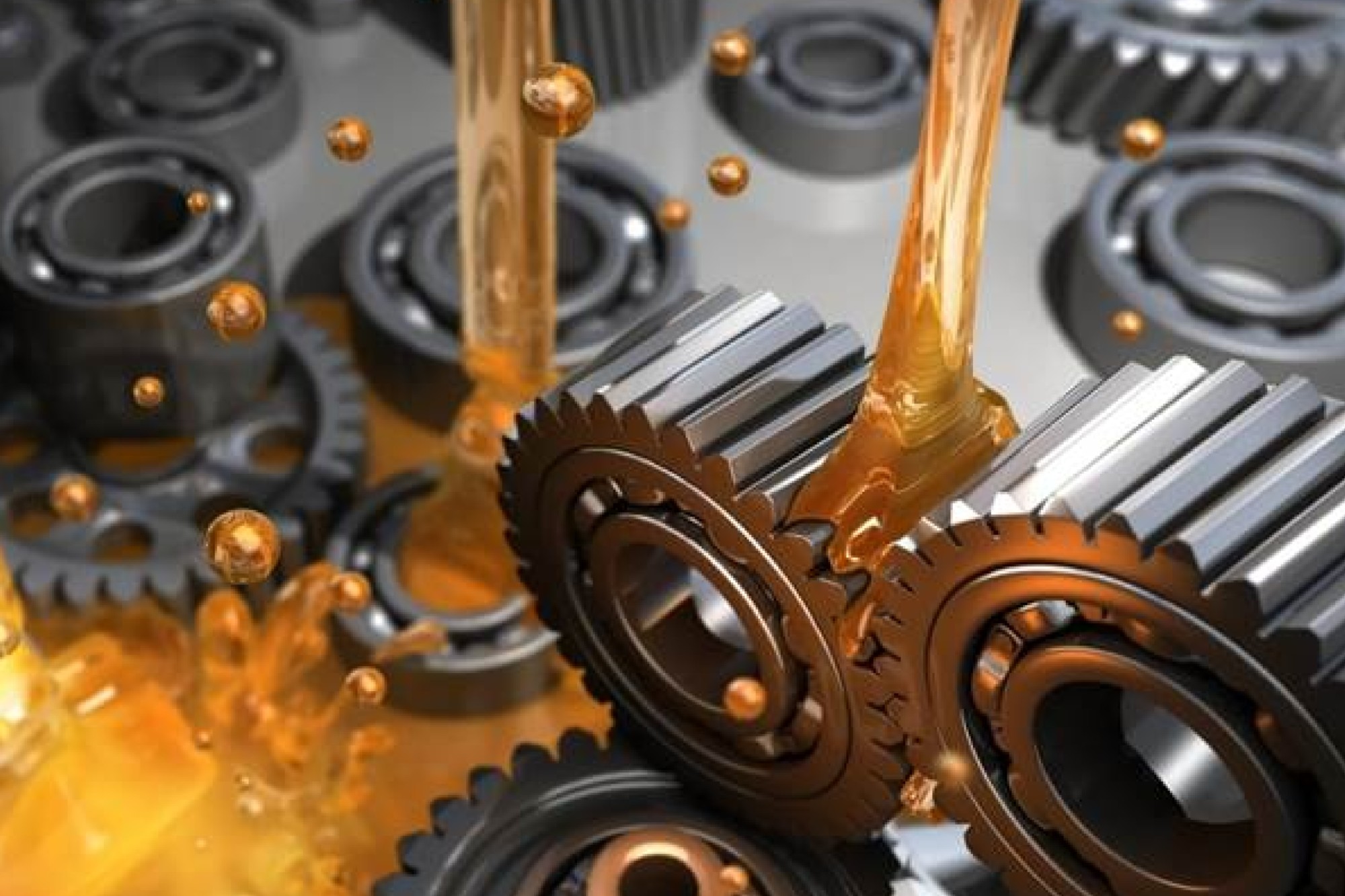Total Lubrication Management
By OEM Update Editorial July 9, 2020 11:41 am IST
A tool to cut lubrication and maintenance costs
Industry today is operating under severe competitive global business environment. In order to be competitive with global players, it is of paramount importance to seriously practice all-out cost reduction and manufacturing inputs conservation techniques. Any reduction in their costs, contributes directly towards profitability to the organisation.
Industry professionals generally focus their attention on areas of their core competence and achieving their day to day objectives. In doing so, other vital supporting functions like “scientific lubrication” of plant and machinery do not get the desired attention, since functional managers engage themselves only on day to day activities. Lubricants and lubrication is generally taken for granted and little do operating and maintenance people realise that lubrication planning starts right from the arrival of lubricants in the main stores. Therefore, storage, handling, dispensing lubricants assume a very important step towards feeding contamination-free lubricating oil or greases to the machine. This is vital for reducing the maintenance costs – which at times goes unnoticed, because of basic thrust being on production only.
It is also disappointing to observe the lack of awareness of the fact that various high performance lubricants, manufactured under stringent quality control to meet required quality standards, can give expected results only when they are used in the machinery in the same uncontaminated condition, under which they are manufactured, tested, packed and transported to the users Industry. This is usually not being done because of the reason being lack of adequate awareness, systems and concern for quality of lubricants, particularly at the operating level in the industry for lubricants and lubrication, and its impact on maintenance costs, which remains hidden as manufacturing costs.
Oil companies invest large amounts of money and efforts on research and development activity in producing high performance lubricants and all efforts and expenditure made on lubricants developmental activity will be wasted and the industrial consumers of lubricants shall also incur heavy losses, due to higher maintenance costs, if such lubricants are allowed to get contaminated before fed to machines.
This lack of concern for quality of lubricants definitely leads to increased maintenance costs, costs due to machinery breakdown and loss of production and many hidden costs including cost of manpower involved.
Industry must appreciate that “oil in machine is like blood in human body”.
As long as we can maintain lubricant clean and on-spec in a machine, the lubricant is fit for further usage. Therefore, lubricant has to be kept free of contamination. Water, dirt, suspended impurities and air mixed in lube oil are the worst enemy of lubricant in service. If these contaminants are not removed timely from lube oil, they can even stop the machine resulting in loss of production and leading to unwarranted expenditure to the industry.
Keeping above factors in view, Global Technical Services innovated the concept of Total Lubrication Management (TLM) is a positive and definite step towards achieving improved maintenance, and a tool for cost reduction in manufacturing.
An Eye OpenerThe ‘Jost report’ funded by the British Govt. in 1966 to study the effects of tribology (a science of friction which particularly collaborates with lubrication of the machines) on the country’s Gross National Product, revealed the following startling facts as metioned in Table 1.
When applied to a company’s spreadsheet, they suddenly turn into a substantial profit picture.
Excerpts from expert studies:
- “80% of mechanical failures relate to poor or improper lubricating practices” – IMECHE (UK)
- Prof. E. Rabinovicz USA writes in his report:
“67% of GNP (USA) is required to fix the damage caused by mechanical wear”
- “Contamination is the number one cause of Bearing damage that leads to premature removal” – TRW Bearing Division, US.
- “Dirt & contamination are by far the number one cause of Hydraulic system failures” – Caterpillar – USA
- When fluid is maintained 10 times cleaner, hydraulic pumps life can be extended by 50 times. – Oklahama State University
TLM emphasis on the following:
- Awareness and training to management staff, engineers and operating & maintenance personnel in the industry on lubricants and correct methods for lubrication, effect of lubrication on maintenance costs, etc. All positive manufacturing activities in any industry start with awareness, training and good housekeeping.
- Most of the industrial oils (other than engine oils) are rejected from the service only because of contamination by dust, dirt, water or wear metal particles. If these particles are removed regularly, from the lubricating oil and tested for further use, the machine life and oil life can be extended manifolds. This is a sound step towards not only conservation of lubricants but also reduced maintenance costs drastically. Try it, and see for yourself the positive results.
- Introducing systems in the industry for repetitive actions of correct suggested methods. Without systems monitoring and auditing, there can be deviations in repetitive action over a period of time.
- Introducing colour coding for various grades of Lubricants and use of dust-free containers, record-keeping of lubricants and lubrication, is also part of system improvements.
- Establishing condition monitoring of Lubricating oil in service i.e. accepting or rejecting the oil in service based on the condition of oil, machine wear debris analysis etc. before rejecting or removing oil or filling new oil – this step shall lead to optimum utilisation of lubricants. This is an integral part of Total Lubrication Management (TLM). The oil condition monitoring is highly recommended to the industry as it not only provides the condition of oil but also of machines.
- Installing in-house oil regeneration system and a programme by GLOBETECH MS-V filtration system. This is a methodology to regenerate the contaminated used lubricating oils. Do the Laboratory testing for main characteristics of the oil, e.g. Viscosity @ 40-degree C or 100-degree C, TBN, TAN, flash point, water content, unsolubles for contamination etc. of the regenerated Lube Oil and then decide for further use in the machines. This will reduce cost of buying new Lubricating oils and affect Lube oil conservation. This is a tangible oil conservation parameter to the industry.
It is astonishing to note that Japanese who have done enormous work in quality management and led the industry to adopt TPM (Total Preventive Maintenance) have just overlooked lubrication as maintenance related major issues.
TPM cannot be achieved in true sense without Total Lubrication Management.
Total Lubrication Management is the key to achieve major cost reduction in any manufacturing industry.
Authored by:
K.B. Mathur, Founder,Global Technical Services
kbmathur@gtsindia.com
Cookie Consent
We use cookies to personalize your experience. By continuing to visit this website you agree to our Terms & Conditions, Privacy Policy and Cookie Policy.




